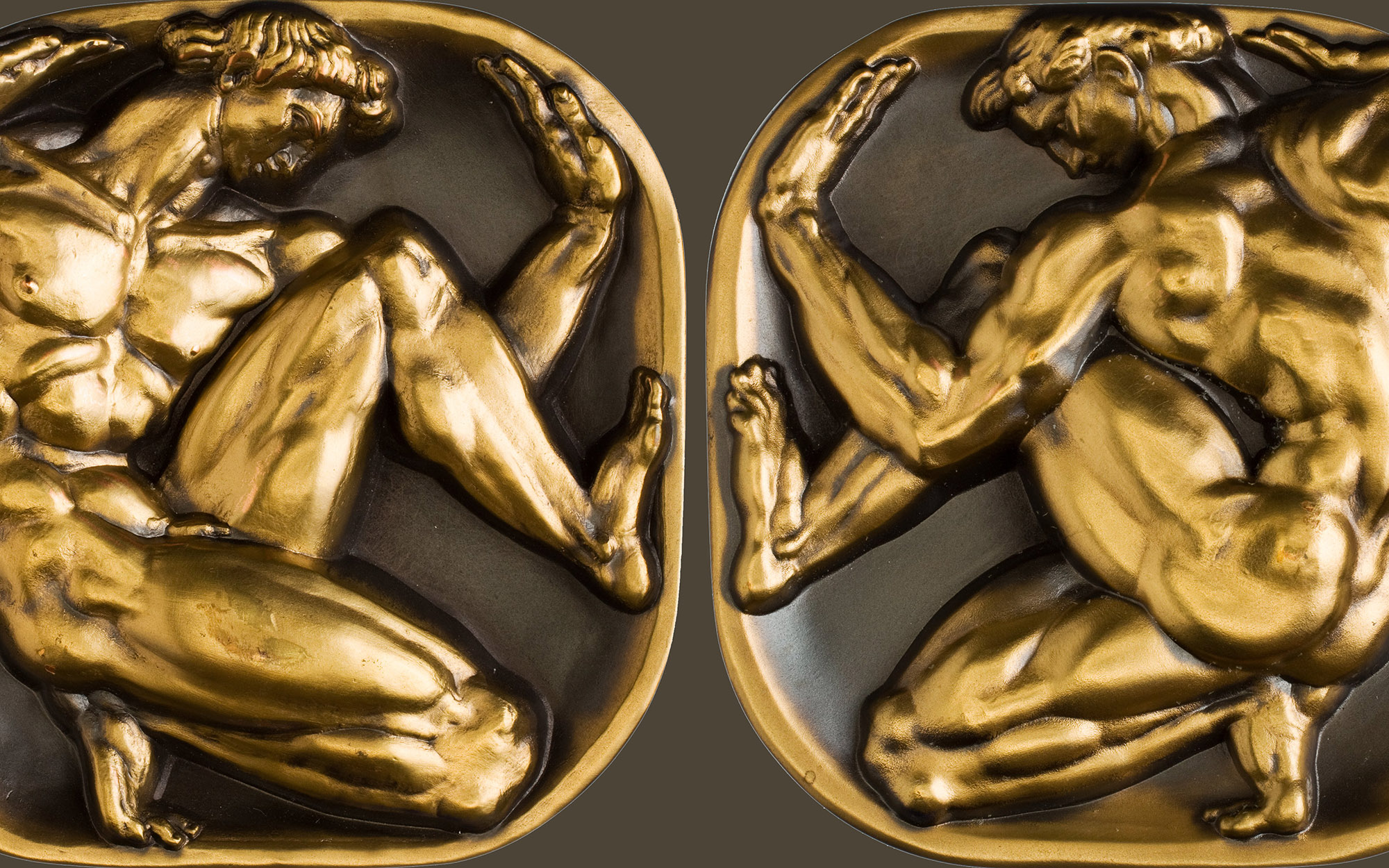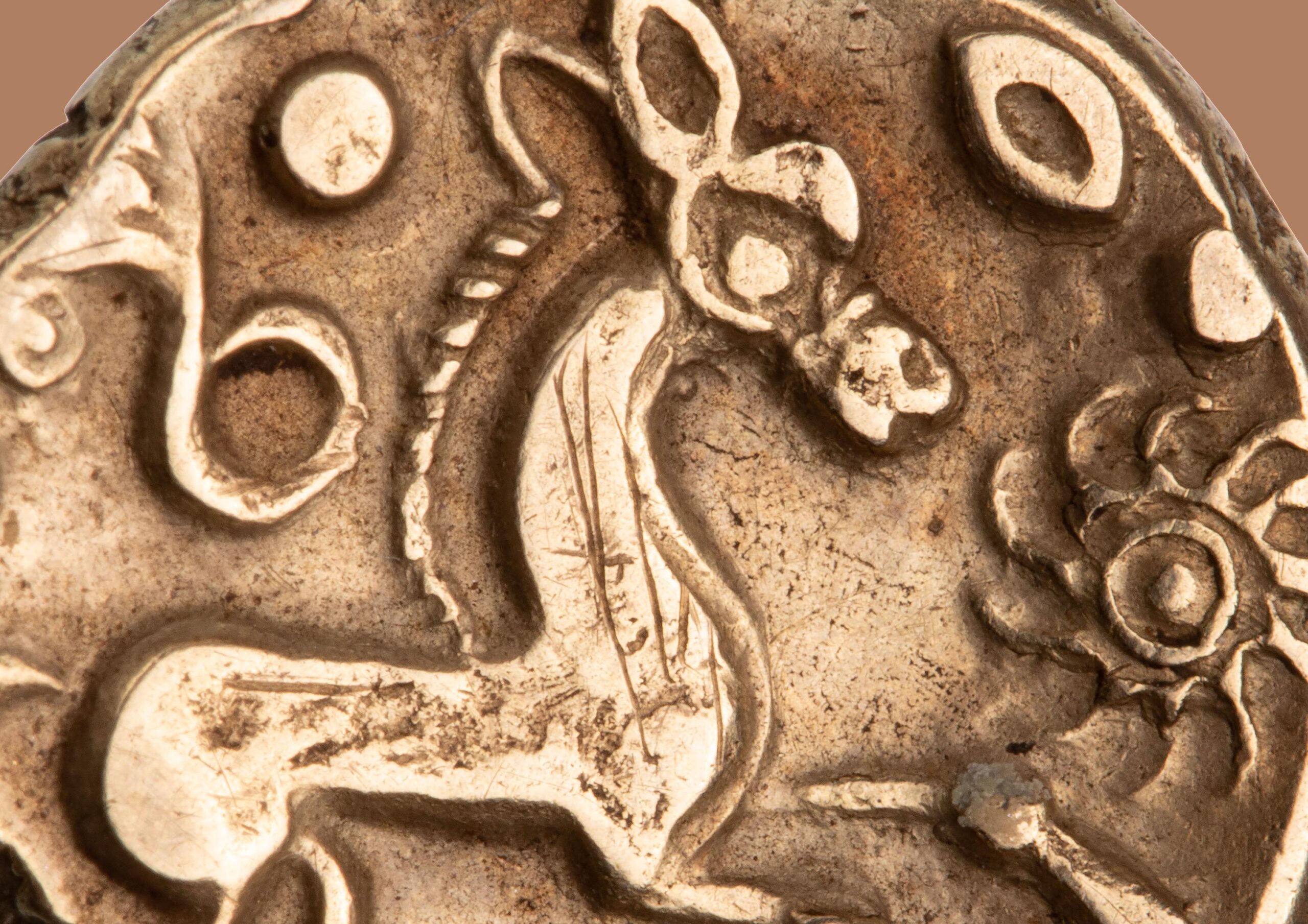Third RRDP Data Release
by Liv M. Yarrow and Alice Sharpless
This post announces the third data release from the Roman Republican Die Project (RRDP). For more on the first two releases see the blog posts from Carbone and Yarrow, July 2021 and Sharpless and Carbone, October 2021. The RRC types included in the newest release are:
RRC 346 was issued by the moneyer C. Censorinus in 88 BCE. Michael Crawford published an initial die study for RRC 346 in 1971. This complex issue shares dies across most subtypes. Three subtypes (346/1a, 1c, and 1d) have obverse control marks and share obverse dies. The other six subtypes have no obverse control marks. Schaefer has not made an attempt to count obverse dies without control marks. In addition to shared obverse dies, six of the subtypes fall into “pairs” linked by reverse dies. 346/1a and 1b share reverse dies with control numerals (Fig. 1a–b), 346/1c and 1d share dies with control symbols, and 346/1e and 1f share dies with Greek control letters.


Not all dies are used in both subtypes. Schaefer’s materials include four control-marked obverse dies and at least 32 reverse dies that were not observed by Crawford. Schaefer also identifies an additional die link between 346/1c and 1d. The complexity of the die links in this series calls into question the utility of continuing to use the subtype identifiers in this issue (see a preliminary discussion of this issue here). Even Crawford questioned whether the system of control marks could really be called a “system” at all (p. 143).
RRC 350A, issued in 86 BCE by the moneyers C. Gargonius, Ogul[nius], and M. Ver[gilius], falls into 12 subtypes. 350A/1a–e and 350A/2 are denarii, while 350A/3a–f are bronze asses. The denarii 350A/1a–e are ODEC: One Die for Each Control Mark though Schaefer’s die study reveals there are three control marks that have two dies each (Fig. 2a–b).


The control marks on the asses 350A/3a–f are not well preserved, but there are several controls with more than one die. We selected this issue for release as the denarii of RRC 350A had been discussed in part one of Yarrow and Carbone’s 2020 RBN article (see Tables 4 and 6 especially), making the data underlying our analyses publicly available. Schaefer’s data for 350A/1a–e has 97% coverage, but the coverage for 350A/2 is only 12%, meaning much work remains to be done identifying specimens and comparing dies.
This fall semester RRDP welcomed the participation of five undergraduate researchers from Brooklyn College, four were funded through the Mellon Transfer Undergraduate Research Program. The program connects transfer students to work closely with faculty members in the Humanities and Social Sciences and engage in meaningful, rigorous research. It is endowed by a grant from the Andrew W. Mellon Foundation. These students learned about numismatics, Roman Republican history, and how to navigate a wide range of digital tools. They were also able to visit the ANS and handle coins with all COVID precautions taken–a very welcome point of human contact for us all (Fig. 3)!

The following issues benefited from their work and analyses. These issues were selected because they contain, at least in part, numbered dies just like the famous Crepusius issue studied by Hersh and so influential for the work of Carter and Esty on how to quantify the size of an issue based on the observed number of dies and specimens.
Through the regular full release of RRDP data, we are seeking to follow Esty’s sound advice in the conclusion of his 2011 article (p. 58):
Die-identity researchers should include all die-frequencies, not just n [number of observed specimens] and d [number of observed dies], so readers can judge the fit of the model. Plots […] are as useful as the estimate itself and provide additional information about the fit of the data to the model.
Our hope is that these calculations and plots will one day be displayed in CRRO for RRDP issues, alongside the raw data. Currently, any researcher can download the data as a CSV file that can be opened and explored in any spreadsheet program.
RRC 391/1a–b, 391/2, and 391/3 were issued by C. Egnatius Maximus in 75 BCE. 391/1a and 1b share reverse dies and are distinguished only by the presence of an obverse control mark on 391/1b. Schaefer’s materials confirm Crawford’s observation of only one obverse die for 391/1a, with a second plated specimen. For 391/1b, Crawford identified 8 dies with control numbers I through VIII; Schaefer’s study adds a ninth obverse die with control mark VIIII. Schaefer identifies 10 reverse dies for both subtypes, plus one plated specimen. There is also an additional obverse die which may or may not have originally had a control mark. For 391/2 (Fig. 4), Schaefer identified 16 obverse dies and 21 reverse dies, slightly less than Crawford (20 obv, 22 rev). For 391/3, Schaefer observed 40 reverse dies, an increase from Crawford’s count of 33.

The most interesting anomaly explored by Nick Shaffer, currently pursuing a second BA in History, was the apparent overabundance of specimens of RRC 391/2 with the control mark VII (Fig. 5).

Esty’s seminal 2011 article has emphasized how non-random samples, especially the overabundance of a single die can distort the data. Nick sought out additional specimens expanding Schaefer’s material to see if this helped correct the anomaly, but it only exacerbated the unusual number of VII specimens. Nick investigated when and where all VII specimens were first reported either in museum collection or in trade to see if they could be evidence of a dispersed hoard. No patterns were detected suggesting the sample may indeed be random. He also investigated the weights of the specimens to see if this might hint at some of the specimens being ancient imitations such as has been noted by Jeremy Haag for RRC 378. Again, no evidence was found. Esty’s geometric model would predict 391/2 was struck by 24 dies, whereas the numbered countermarks suggest it was made with not less than 30. The reason why this particular data does not seem to fit the geometric model proposed by Esty will be investigated in future publications.
RRC 392 was issued by L. Farsuleius Mensor and also dates to 75 BCE. Schaefer identifies 75 obverse dies for 392/1a, plus one imitation, with control marks from I to LXXV (Crawford identified 51 dies and controls only up to LXXIII). For 392/1b Schaefer identifies 106 reverse dies, with two additional dies on plated or imitation specimens, with control marks from I to CXX (Crawford identified 41 reverse dies and controls only to CXVII). Rechielle Morales, Randy Sanz, and Margenis Saldana, seniors in History, and Jonathan Garcia, who is following a self-designed BA curriculum in Medieval Studies, worked together as a team on this issue. Using again Esty’s geometric model, they observed that the model underestimates the number of reverse dies for RRC 392/1b by some 15 dies, if there were indeed originally 120 as the numbered control marks indicate. For RRC 392/1a the situation is the reverse, Esty’s geometric model seems to overestimate the number of obverse dies, again if we can rely on the highest observed control number as a guide. The coverage is over 97% in both cases and no obvious cases of non-randomness have been identified thus far. Figures 6 and 7 plot the die frequencies. We do not yet have any explanation for this and will be reaching out to colleagues as we continue to investigate this data and other similar numbered issues.


For more on RRC 367 see the separate blog post Revising Crawford’s Roman Republican Coinage from RRDP: The case of RRC 367.




